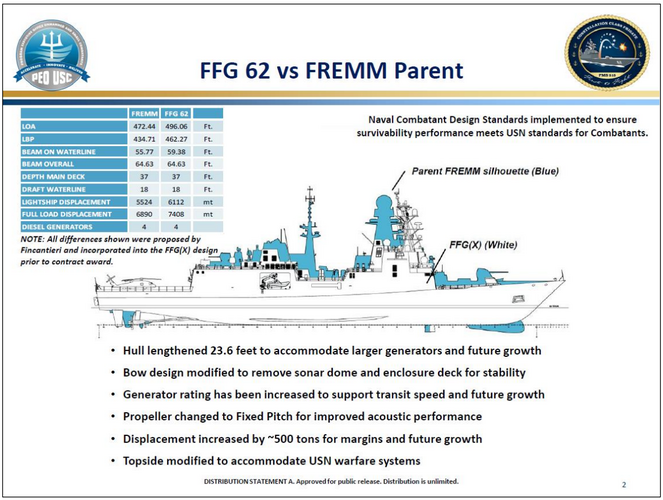The other massive change is that when BuShips designed ships in WWII they built in armor so when a ship was hit it drastically mitigated the resulting damage to ship by containing it, still don't understand why armor still not fitted to warships which intended to go into harm's way. The Israeli claim Iron Dome has the highest kill rate of 90% of any missile, so you can reasonably expect some ASCMs leakers will get thru and hit ships, armor is still needed.
Tanks show that you cannot put enough armor on a warship to stop shots from penetrating.
So did the test of a 1000lb shaped charge on a battleship turret post-WW2. That one was particularly horrifying to the Navy, as that 1000lb charge blew clear through the top armor of a turret, and all the way down to the 3rd deck under the turret. The magazine. It meant that ONE PLANE getting through air defenses was now capable of turning any battleship into an Arizona.
So what the Navy did was assume that individual compartments
will be penetrated, but applied spall armor (both kevlar and STS) to prevent damage from spreading outside the penetrated compartments.
As to Iron Dome, that's why you have multiple interception layers to work with. Let's say each of the defensive systems have an 80% Pk, except for your CIWS that has a 100% chance of stopping
1 incoming. So you need to get 2x missiles through RAM to get one past the CIWS. This means 10 missiles need to get to the RAM interception envelope. In order to get those 10 missiles to RAM, you need 50 missiles to get to the ESSMs (12x cells in the VLS, thank BuWeps for quad-packs).
And finally in order to get 50 missiles to the ESSMs, you need to get 250 missiles to the SM2s. (USN weapons for examples, I'm sure every other nation has equivalents)
You just sent an entire Bomber Regiment of 48 aircraft out, each with 6x missiles. Worth it for a carrier, maybe not for an FFG or DDG.
Yes, this ignores magazine limit, but it gives you the idea of just how many missiles are needed, even when the individual defensive systems are only 80% effective.
Economics (counted in beans or alternative currencies) will always be a factor. And let's assume for the moment that larger complements are the ideal for less automated warships operated by large navies. Then what about smaller navies?
Being a big-spender doesn't change a nation's demographics (unless they are willing to hire mercenaries). So, economics aside, a choice will still need to be made - all available sailors and officers aboard one, big-complement ships ... or, a larger number of suitably automated vessels.
That second option made be less than ideal - especially when things get hot, as
[B]Scott Kenny[/B] said. On the other hand, your single high-complement ship can't be everywhere at once - which reduces its deterrence value. Nothing is ever perfect. It is about choices.
I'm all for intelligently automating. Gas Turbines mean that you don't need 50 dudes on watch tending the boilers, or even a Maneuvering Room at all because the engines are directly controlled on the bridge.
I'm also against automating to the point that you cannot fix the ship while still remaining some level of combat capable.
